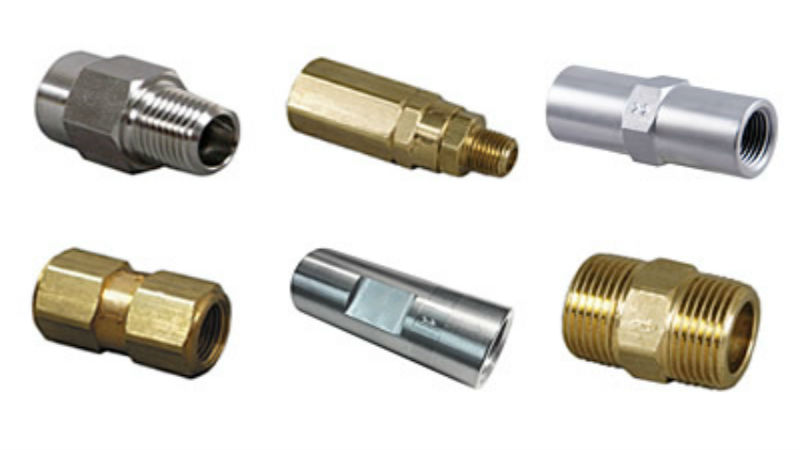In any type of system used to move liquids, having ways to control the flow of the liquid through the system will be an essential consideration. The ball check valve is a very common option for these situations due to its simple design, efficiency and its ability to stand up in even extreme types of operating environments.
There are several different materials from which these valves can be made. There are metal ball valves as well as PVC ball check valves on the market, both which can be used across a wide range of applications.
What is a Ball Check Valve?
A ball check valve is not a complicated type of valve it operates using a ball to control the flow of the liquid through the system. The valve can operate on a two or three-way configuration.
The ball check valve operates by allowing the liquid to flow through the system in one direction, pushing the ball forward to allow for the liquid to pass through. This flow volume can be controlled by an external lever style of handle that allows for the ball to move forward.
At the same time, with both metal and PVC ball check valves there is also a seal on the side of the valve with the incoming flow. Should there be any pressure against the ball from the outlet side of the valve the ball pushes back and seals, preventing backflow and contamination through the system.
The PVC Advantage
One of the big advantages of using PVC ball check valves is the non-corrosive nature of the valve. They can be used for chemicals, air, liquids, water and food and beverage production systems. It is possible to find PVC types of these ball check valves fully approved for use by the FDA and NSF.
Additionally, these valves are also lower cost to produce, helping in keeping the costs of parts down for any type of system, which makes them an ideal ball valve choice.



